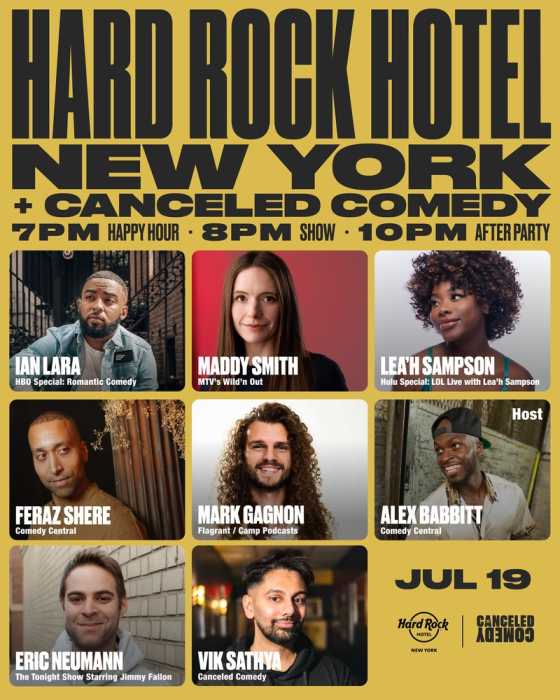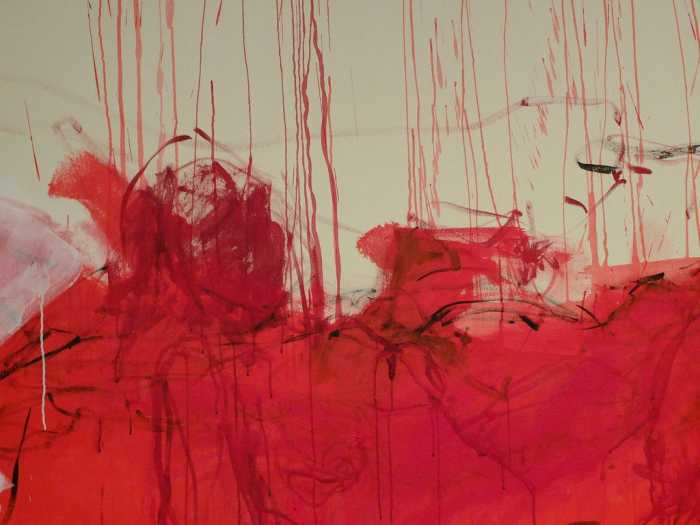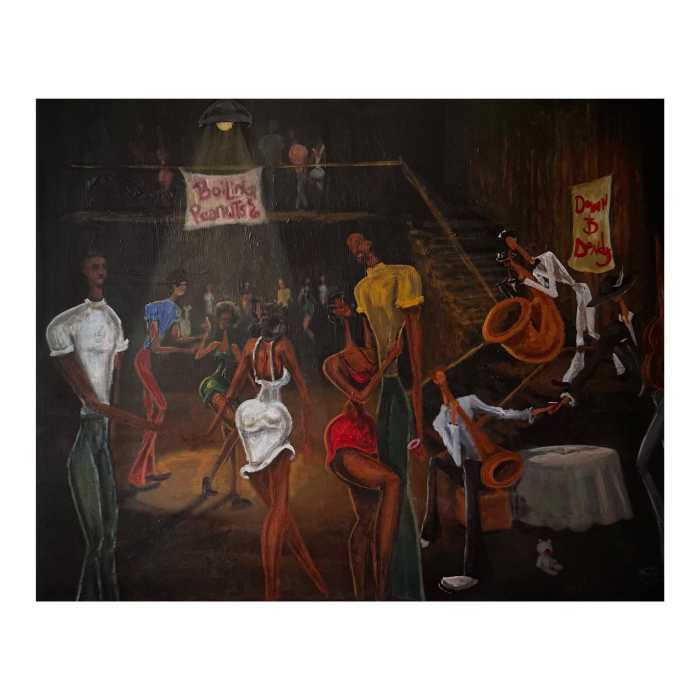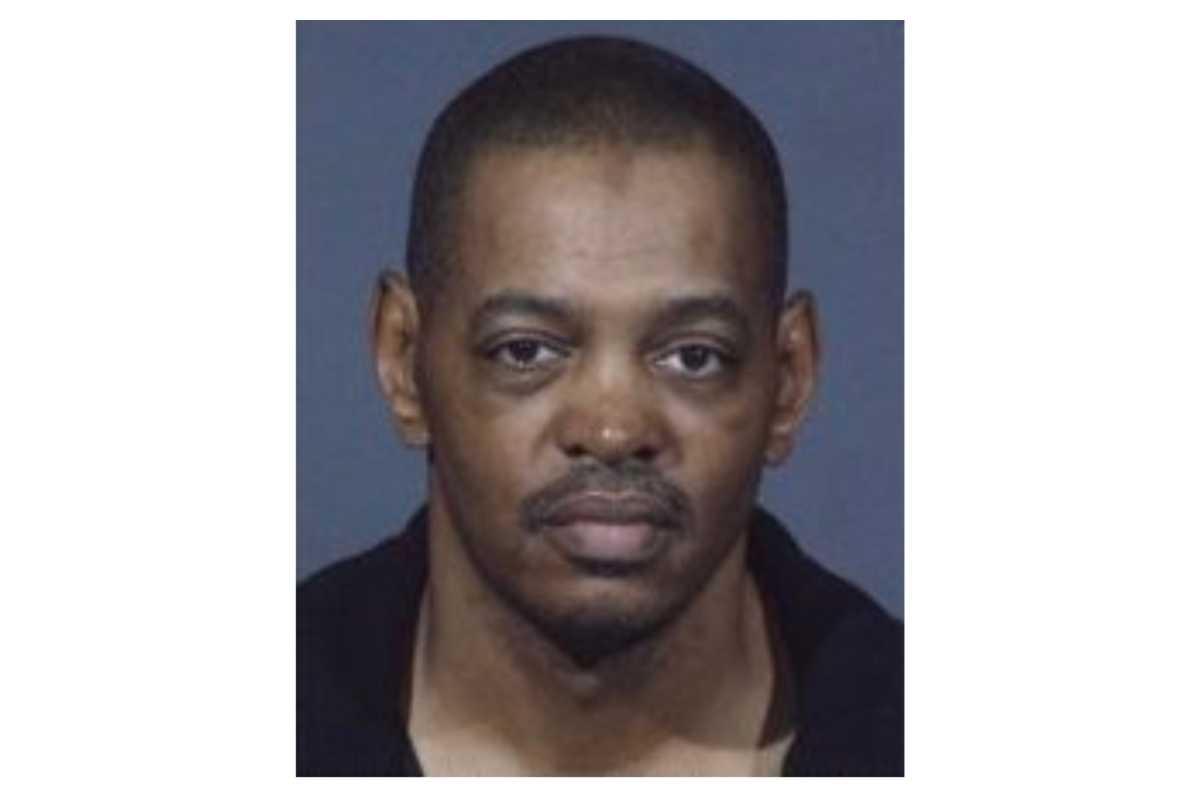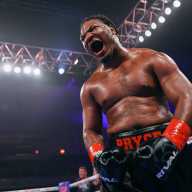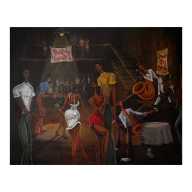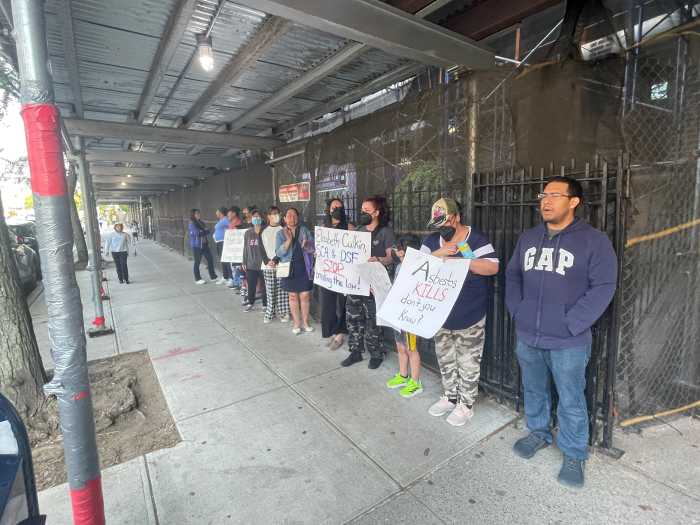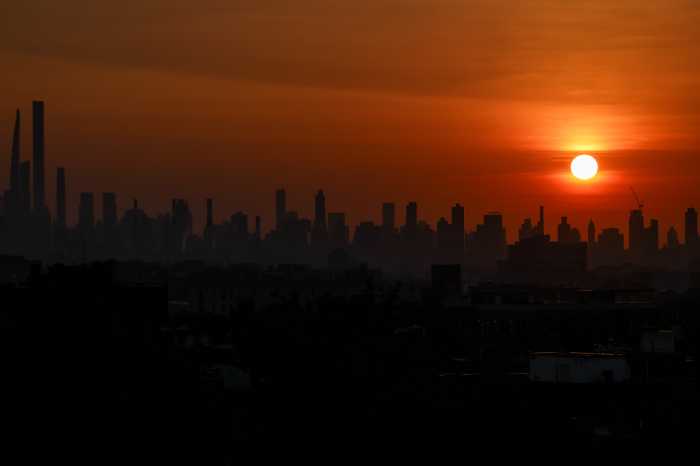
Inside a Bronx warehouse, an oversized disco ball illuminates more than 150 actors in ’90s garb, showing off their duck walks and vogueing skills to the tune of "I Got the Power" by SNAP.
"Save your energy for when the cameras are rolling!" Emmy-winning producer Ryan Murphy says.
A few minutes later, he calls "action" on the fourth episode of the second season of his record-breaking TV drama, "Pose."
It’s a ballroom scene, full of the vibrant talent and style found in the city’s real-life underground competitive LGBTQ dance and runway world. That’s partially thanks to Murphy’s careful eye — he stops filming a handful of times to correct the slightest of movements for authenticity. But mostly, it’s due to the LGBTQ talent scouted from Manhattan’s actual balls.
Aside from the leading cast, which includes several trans actors new to the industry, the day’s shoot features a cameo performance by the Bronx’s Leiomy Maldonado (aka the "Wonder Woman of Vogue") and was choreographed by ball consultant Twiggy Pucci Garçon.
"It’s all about them telling us what to do," Murphy says of his approach to recreating balls of the late ’80s and early ’90s. "It’s choreographed, directed or produced by somebody in the community."
Before standing in a warehouse space with the cast and crew to produce a party, Murphy says ball scripts are brought to six show consultants, like Twiggy, so he can ask, "what would this actually be?"
"They tell us, then we rewrite it and give it to them again," he explains.
"It’s less around running it by me and more about turning it visually into what he wants to see," Twiggy adds. "I think the translation is constant."
That ongoing conversation has led the show’s ball recreations to be praised for its detailed and accurate representation of the free-spirited LGBTQ gatherings that thrived in the mid-80s.
"’Pose’ is doing a great job at showing the aspects of what goes on in the scene," says M.J. Rodriguez, who plays Blanca in the series. "There is a bit of fantasy, but that’s what TV requires. For the most part, I think it’s doing 99.9 percent of what needs to be done and doing it justice."
Ball competitions in season 2 are bigger and more elaborate as they intertwine with the personal stories of each character. Balls are typically all about the clothes, and the moves, but at this particular party, it’s different.
Pray Tell (Billy Porter) is onstage calling out the category. It’s lofting, which is similar to break-dancing. House cliques form to fan their favorites as fog from a nearby machine clouds the background.
High on the success of Madonna’s chart-topping single, "Vogue," the community is celebrating what just may be their ticket to visibility. A Madonna-esque Candy, played by Angelica Ross, bursts onto the floor to compete, and is met by backlash from a judgy Pray Tell.
"Candy wants to be seen. She’s been struggling since season 1," Ross says. "Good things rarely happen to girls like her … but she sees herself as a star and a performer, just like Madonna."
What is first just another ball scene, quickly becomes one of the most influential moments of Ross’ career to date.
It’s her character’s last ballroom scene, and one she steals to serve as a voice for black transgender women. A mere 15 minutes later, Candy is found dead in a motel room, in an apparent homicide.
Murphy and co-executive producer Janet Mock manage to offset the glittering world of ballroom with a groundbreaking storyline about the violence that trans women of color still face in 2019.
The heartbreaking plot comes smooth and packs a powerful punch for the series that’s already sparked conversations about the AIDS crisis, ACT UP protests and the historic die-in at St. Patrick’s Cathedral.
Murphy admits bringing a drama that tells such stories to major-network television wasn’t an easy feat.
"There was a group of us who just got tired of being told, ‘no.’ Why can’t we tell our stories or have characters who reflect our point of view?" Murphy says, referring to himself and series co-creator and writer, Steven Canals.
Canals faced two years of "nos" from Hollywood before landing a "yes" when the script ended up in Murphy’s lap.
"I love the show so much because it’s a real story to me," he says. "The last season will be in ’95-’96 when they developed the anti-viral drugs to help fight off HIV. To me, the show has always been about the demolition of a community that refused to be silenced and stopped. I find that very moving."
He continues: "The show is about a group of marginalized people who are saying: ‘I have a right to be here.’"



